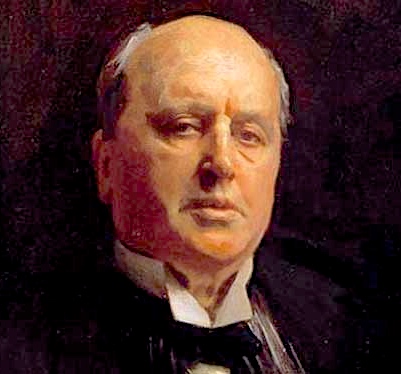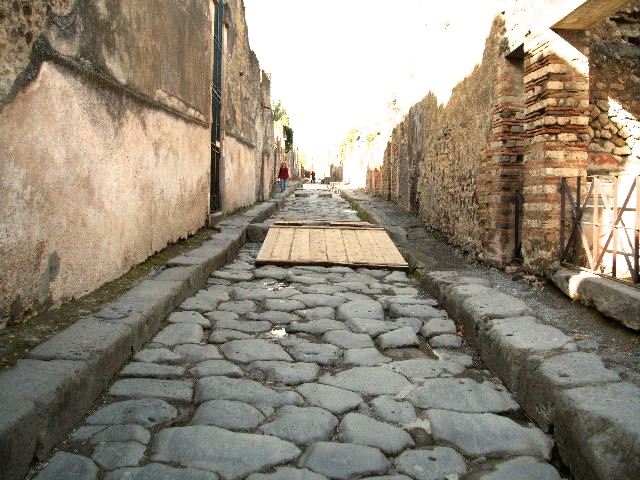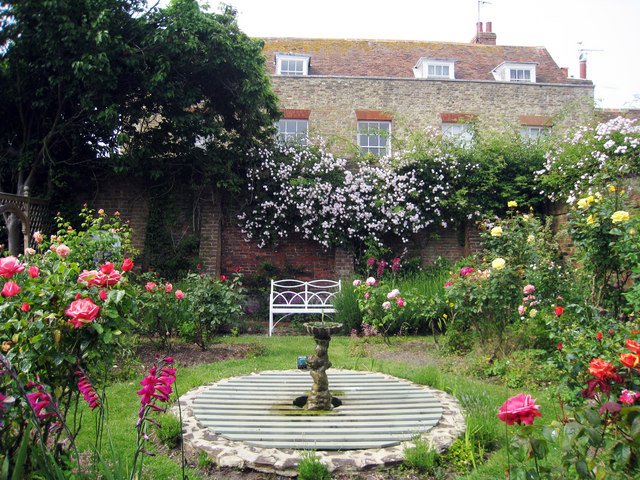“What I see as I make it out, is that you’ve achieved something almost unprecedented in the way of getting used to danger. Living with it so long and so closely you’ve lost your sense of it; you know it’s there, but you’re indifferent, and you cease even, as of old, to have to whistle in the dark. Considering what the danger is…I’m bound to say I don’t think your attitude could well be surpassed.”—May Bartram to John Marcher
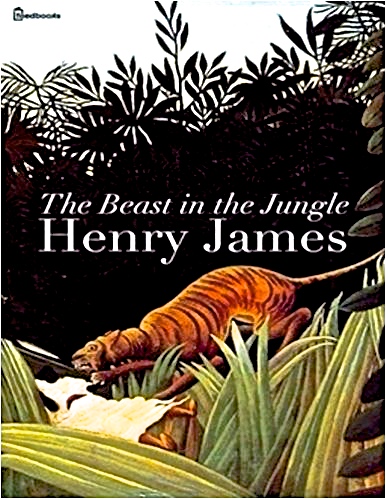 After I remarked to some book friends that one of the joys of having finished my schooling and my teaching career was that I would never again have to read a novel by Henry James, both of these friends responded that I really should read The Beast in the Jungle (1903), which they found to be quite different from many of his other works. Though I admit to having loved some of the films of James’s novels, I did not love reading any of the six novels I had had to read for classes, and I have always found James’s prose style to be so contorted, by today’s standards, and so artificial, that I have often had reread and “translate” it into less formal English in order to come close to understanding what James is saying. My friends persuaded me by their enthusiasm, however, and I decided to try reading Henry James again after so many years of avoiding him. Voluntarily returning to his company, it turned out, was a mixed blessing. I admired much of the book and, for the first time, I really began to feel as if I were beginning to know who Henry James really was as a man, not just as a writer. The Beast in the Jungle parallels what we know of his life very closely, and it feels so autobiographical that the reader cannot help but believe that it is based on a very real inner turmoil in his life and may also explain some the mysteries which have always surrounded him.
After I remarked to some book friends that one of the joys of having finished my schooling and my teaching career was that I would never again have to read a novel by Henry James, both of these friends responded that I really should read The Beast in the Jungle (1903), which they found to be quite different from many of his other works. Though I admit to having loved some of the films of James’s novels, I did not love reading any of the six novels I had had to read for classes, and I have always found James’s prose style to be so contorted, by today’s standards, and so artificial, that I have often had reread and “translate” it into less formal English in order to come close to understanding what James is saying. My friends persuaded me by their enthusiasm, however, and I decided to try reading Henry James again after so many years of avoiding him. Voluntarily returning to his company, it turned out, was a mixed blessing. I admired much of the book and, for the first time, I really began to feel as if I were beginning to know who Henry James really was as a man, not just as a writer. The Beast in the Jungle parallels what we know of his life very closely, and it feels so autobiographical that the reader cannot help but believe that it is based on a very real inner turmoil in his life and may also explain some the mysteries which have always surrounded him.
The novel opens at a luncheon given at a grand manor house, Weatherend. John Marcher is attending with friends, all of whom are interested in seeing Weatherend’s “intrinsic features,” its pictures, heirlooms, and treasures of all the arts. In the course of the afternoon Marcher meets May Bartram, a woman who stirs his memory, someone he believes he may have met before, many years ago. She is staying at the manor, and he is satisfied that she “might have ranked in the house as a poor relation; satisfied also that she was not there on a brief visit but was more or less a part of the establishment – almost a working, remunerated part.” When they begin to chat, he is convinced that he met her years ago in Rome, a fact she corrects, suggesting that it was when they were in Pompeii, ten years ago. They had run together into an excavation to escape a sudden thunderstorm. As they compare notes on whom they know and what they might have done together ten years ago, Marcher realizes that she would have been a pleasant friend to have, and he is sorry that they missed the chance back then.
At this point, May Bartram asks him if he remembers what he said to her on the way back from Pompeii, “as we sat under the awning of the boat enjoying the cool. Have you forgotten?” He cannot remember that event, though she has never forgotten it, and she is reluctant to tell him now what he said then, ten years ago, suggesting that if he does not remember, so much the better. He knows that he “was of course an ass…but I would rather know from you just the sort of ass I was than – from the moment you have something in your mind – not know anything.” He will not let this go, and she becomes even more reluctant to repeat what he told her: “If I had only thought you foolish,” she replies, “the thing I speak of wouldn’t so have remained with me. It was about yourself….Has it ever happened?…[Has] the thing you then spoke of ever come to pass?” Marcher himself is astounded by her statement and immediately recognizes that he has shared very private information with her, specific information he has never told anyone else.
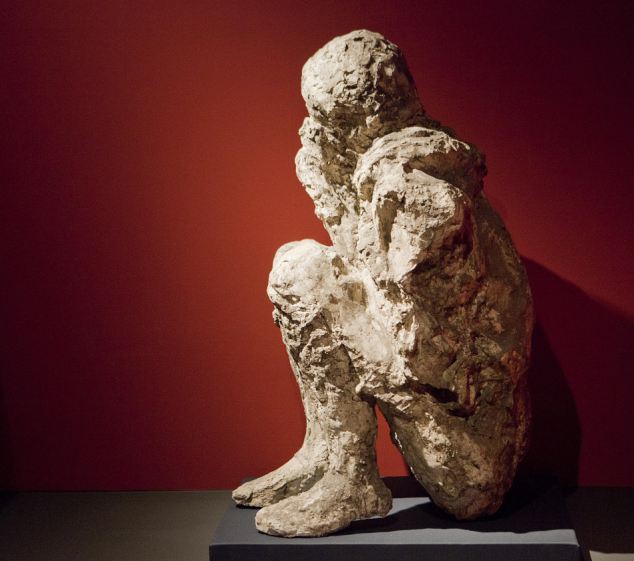
“The Muleteer ,” a cast made from the outlines of the body found in the lava shows the position of one victim of the eruption in Pompeii.
Marcher eventually persuades May to reveal what he has told her: “It was very simple. You said you had had from your earliest time, as the deepest thing within you, the sense of being kept for something rare and strange, possibly prodigious and terrible, that was sooner or later to happen to you, that you had in your bones the foreboding and the conviction of, and that would perhaps overwhelm you.” He realizes now that he has confessed to telling her something he must continue to wait for, something he will eventually have to meet, face to face – the act of falling in love. He admits that now, even ten years later, he has never experienced “such a cataclysm.” Love has never been a part of his life, and he does not really know if he is truly afraid of love. He asks May three times if she will “watch” with him over the coming weeks and months to see if his obsession over the past ten years will be a catastrophe.
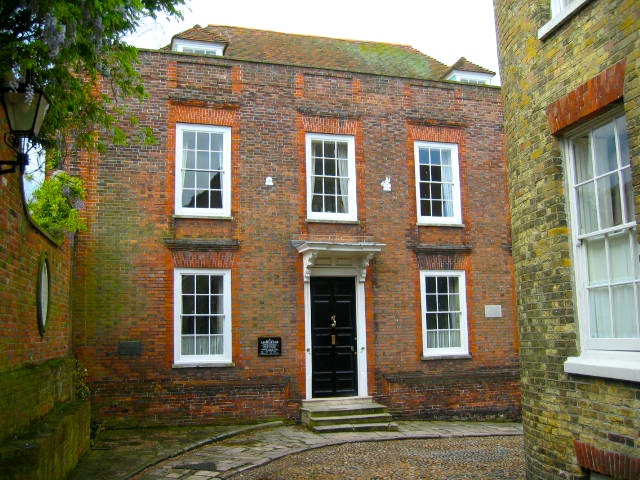
Lamb House, Henry James’s house in Rye, has extensive grounds and many rooms not seen from this angle.
All this appears in Chapter One, the first ten pages of The Beast of the Jungle, and those who have studied James and are familiar with his biography will recognize, as the novella continues to develop, that his agonizing about love probably parallels much of what he endured throughout his life. Though he lived to age seventy-three (1843 – 1916), he was never known to have had a serious relationship with anyone, female or male, and early biographies suggest that he was celibate. Recent scholarship and the discovery of more personal papers by James and some friends, however, have turned up erotic letters written to younger men, and many scholars are convinced that he was a gay man living in a world in which being closeted was essential. Certainly this novella, written in 1903, when James was sixty years old, shows a main character who is still agonizing over what love means and whether he will ever find it. As author Colm Toibin suggests, regarding James as a gay man caught in his turn of the century culture does make his emotional difficulties more believable and more sympathetic. Ultimately, I found this book revealing and involving. The problems I had with it are inherent in James’s elaborate prose style, which I still find contorted, artificial, and frustrating.
ALSO reviewed here: THE BOSTONIANS (DVD) , DAISY MILLER, THE GOLDEN BOWL (DVD), PORTRAIT OF A LADY, THE TURN OF THE SCREW, WINGS OF THE DOVE (DVD)
Photos. The author’s photo appears on https://www.famousauthors.org/henry-james
The street in Pompeii pictured here was excavated during the time that this novella was being written, and was a source of great curiosity in England at the time. http://www.pompeiiinpictures.com
The Muleteer, like other “statues” of the bodies in Pompeii, was made by archeologists who filled the outlines left in the lava when the lava hardened and the bodies decomposed. https://www.pinterest.com
Lamb House, Henry James’s house in Rye, has extensive grounds and many rooms not seen from the street angle. https://commons.wikimedia.org
The gardens of Lamb House are shown on https://commons.wikimedia.org
